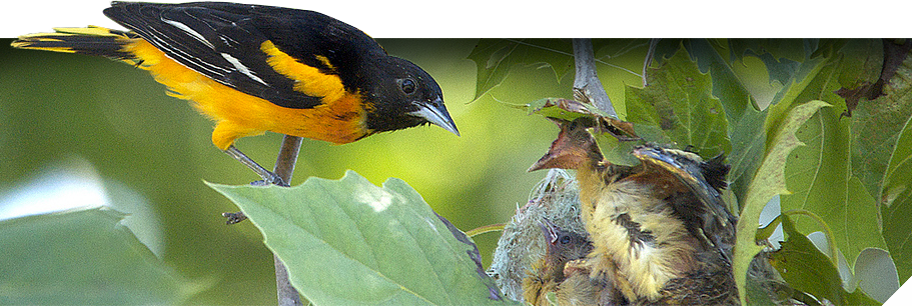The Effect of Latitude
Latitude plays a role in breeding season as well. Compared to birds in southern latitudes, wild birds residing in high latitudes, like numerous sandpipers, have to condense their breeding season into a significantly smaller timeframe. The short season causes even their young to develop much more quickly.
Temperature directly affects egg laying in many wild birds. Changes brought about by warmer temperatures include plants blossoming earlier and the availability of other foods earlier. Some birds are laying eggs outside of their typical seasons due to abnormally high temperatures. Research indicates that temperature has a much greater impact on laying dates than either food availability or duration of the day.
In temperate regions, many birds lay their eggs in the traditional spring fashion. Signature increases in birdsong can begin as early as mid-January. Longer days and higher temperatures that come with springtime guarantee an abundance of food sources, especially in the form of insects. The laying of blue tits’ eggs corresponds with the appearance of caterpillars. Migratory birds return and establish territories immediately. Even non-migratory birds may establish new territories in spring. Wild birds start building nests in trees, on the ground, or even in buildings that were built by humans. Once mated, females can produce one egg per day. The famous American robin, which is frequently seen as a sign of spring, can build four or five nests in a single season.
Some wild bird species begin laying eggs in winter. The crossbill uses the abundance of winter pine seeds to its advantage by laying eggs as early as January. Some bald eagles start their breeding season in January and continue until August. Breeding pairs can start breeding as early as late winter because they overwinter in temperate climates.
Fitness and Laying Intervals
When wild birds lay their eggs depends on a variety of factors. The fitness of the birds is correlated with the clutch size and the date of laying. Early-season breeding females depend on a plentiful supply of food in their territory and mate with more powerful sexual cues. When food is scarce, laying intervals lengthen. Early-season breeders have a higher rate of successful reproduction than later-season breeders. Stressors like molting and winterization prove difficult for birds that decide to lay a second clutch of eggs later in the season. Predation and diminishing food supplies are two additional threats that late fledglings must deal with.
Day duration, or photoperiod, has a significant impact on the reproductive window as well. Day length influences hormone levels in prospective partners and the types of food sources that are most common in the surroundings.
Where Birds Come to Life

In North America, more than 700 different bird species breed, and their behavioral variations are intricate and fascinating. Different species use radically different strategies to find mates, construct nests, lay eggs, and raise their young. This overview is a generalization of the avian nesting cycle. See our guide to common nesting birds for additional details on each bird’s nesting cycle.
FAQ
What month do birds stop laying eggs?
How many times a year can a bird lay eggs?
Do birds lay eggs in the winter?
Do birds lay eggs in summer?